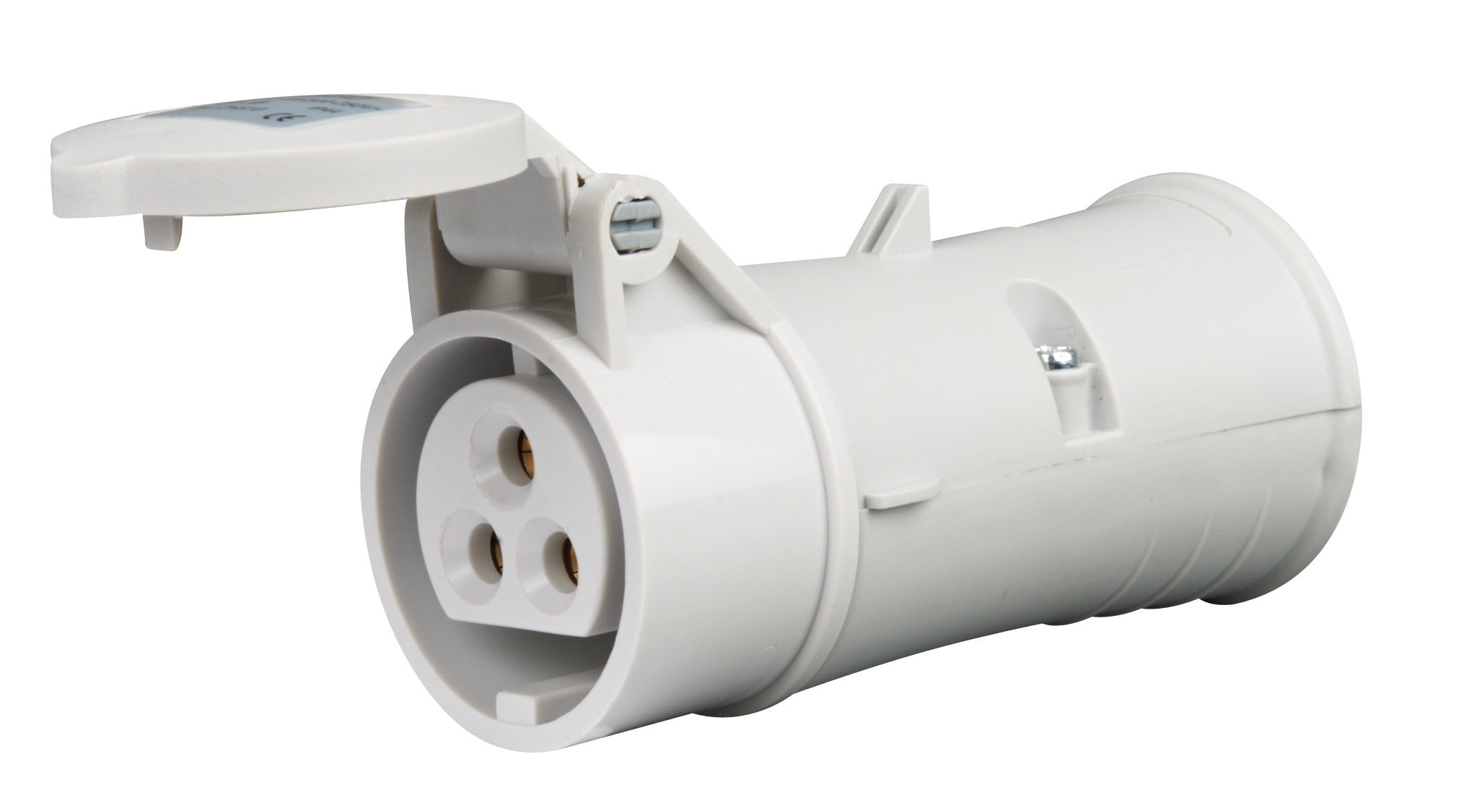Introduction
:max_bytes(150000):strip_icc()/how-to-fix-electrical-outlet-problems-1821525-04-d3640260f98645e78cb88e3a6fef7b35.jpg)
Image: www.thespruce.com
Electrical outlets are essential components of any home, providing power to appliances, electronics, and other devices. When an outlet experiences low voltage, it can be a frustrating and potentially dangerous problem. Understanding how to fix a low voltage outlet is crucial to restore electrical safety and functionality in your home.
Delving into the Causes of Low Voltage
Determining the cause of low voltage is key to effective repair. Common culprits include:
- Loose Connections: Loose wires within the outlet box or at the circuit breaker can disrupt the electrical flow, leading to low voltage.
- Overloaded Circuit: Multiple devices drawing current from a single circuit can overload it, causing a drop in voltage.
- Faulty Wiring: Damage to the wiring, either in the outlet or elsewhere along the circuit, can impede the flow of electricity.
- Outdated Outlets: Older outlets may not be able to handle the current requirements of modern appliances, resulting in low voltage.
Safety Precautions Before You Start
Electrical repairs can be hazardous. Ensure your safety by:
- Shutting Off Power at the Main Breaker: Before beginning any work, turn off the main electrical breaker to prevent potential electrical shocks.
- Testing the Outlet for Power: Use a non-contact voltage tester to verify that the power has been disconnected from the outlet.
- Wearing Protective Gear: Wear insulated gloves and safety glasses during the repair to minimize the risk of electric shock.
Step-by-Step Low Voltage Outlet Repair
Once you’ve completed the safety precautions, proceed with these steps:
- Remove the Faceplate: Use a screwdriver to remove the screws holding the faceplate in place and detach it from the outlet box.
- Inspect the Wires: Check the condition of the wiring inside the outlet box. Look for loose, damaged, or corroded wires.
- Tighten Loose Connections: If you find any loose wire connections, use a screwdriver to tighten the screws securely.
- Inspect the Circuit Breaker: Go to the electrical panel and identify the circuit breaker associated with the outlet. Check if it has tripped, and if so, reset it.
- Replace Faulty Outlet: If the wires and circuit breaker are intact, the outlet itself may be faulty. Replace the damaged outlet with a new one of the same amperage.
Reassembling the Outlet and Troubleshooting
- Reattach the Faceplate: Once the outlet has been repaired or replaced, reattach the faceplate and secure it with the screws.
- Turn on the Power: Restore power at the main breaker.
- Test the Outlet: Plug a small appliance or device into the outlet and ensure it is functioning correctly with normal voltage.
- Avoid Overloading Circuits: Ensure that too many appliances and devices are not drawing power from the same circuit.
- Upgrading Outlets: If you have older outlets, consider upgrading them to outlets with higher amperage ratings to support modern electrical demands.
- Regular Electrical Inspections: Have an electrician perform regular inspections to identify and address any potential electrical issues early on.
If the low voltage persists after following these steps, consult a qualified electrician for further troubleshooting and repair.
Additional Tips for Low Voltage Prevention
Conclusion
Fixing a low voltage outlet is essential for maintaining electrical safety and ensuring the proper functioning of your electrical appliances. By understanding the causes of low voltage and following the step-by-step repair guide provided, you can diagnose and resolve the issue effectively.

Image: www.portabledistributionbox.com
How To Fix Low Voltage Outlet